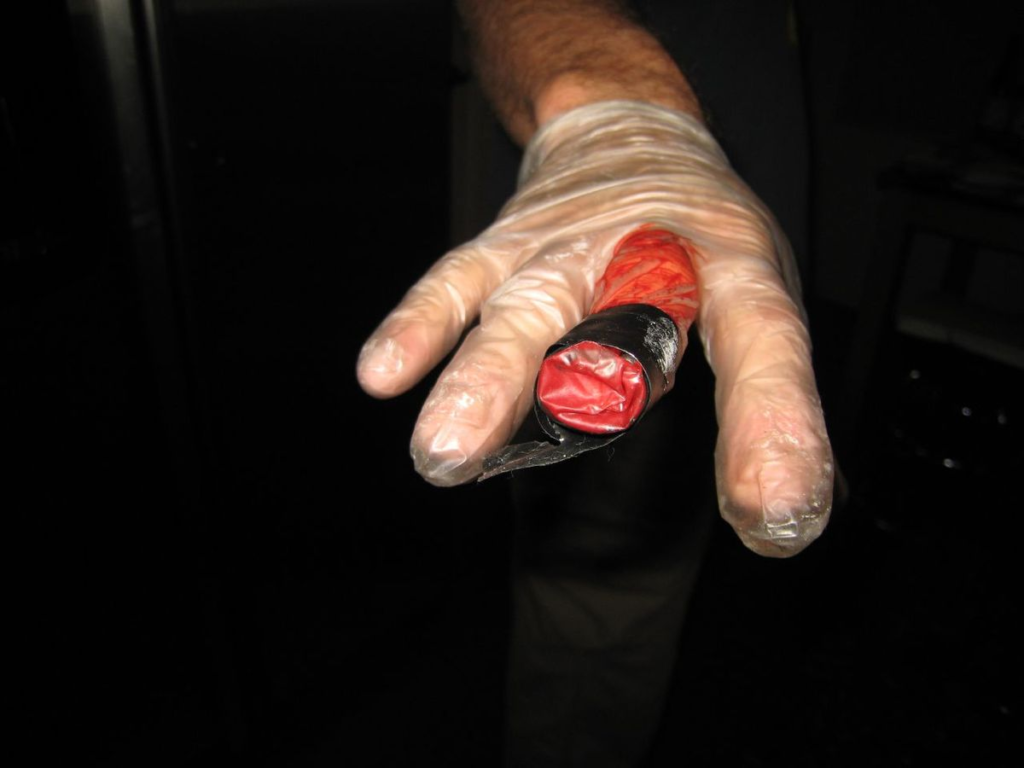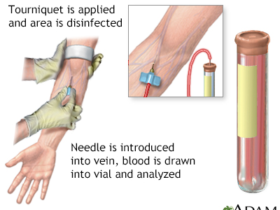A tourniquet can be a critical, life-saving measure in severe bleeding emergencies. When properly applied, this device can effectively control bleeding until professional medical help arrives. Given its importance, the training provided to individuals on the proper application of tourniquets is paramount. This article examines the efficacy of a comprehensive tourniquet training program, shedding light on its impact on laypersons and emergency response professionals.

The Importance of Tourniquet Training
Tourniquet training is vital for a variety of reasons. Primarily, it equips individuals with the knowledge and skills to control life-threatening bleeding. In situations such as accidents, natural disasters, or acts of violence, timely and correct use of a tourniquet can make the difference between life and death. The tourniquet works by applying pressure to the injured limb, effectively cutting off blood flow to the wound and preventing further blood loss.
Furthermore, the value of tourniquet training extends beyond immediate emergency scenarios. It fosters a culture of preparedness, ensuring that individuals can respond effectively in crises and feel confident in their ability to do so. This confidence can be crucial in high-stress situations where hesitation could prove costly. Moreover, disseminating this knowledge becomes even more critical disseminating this knowledge becomes even more critical with the increased incidence of mass casualty events.
Components of a Comprehensive Training Program
A comprehensive tourniquet training program typically includes several key components designed to ensure participants gain a thorough understanding of both theoretical and practical aspects. Firstly, the program should cover the anatomy and physiology relevant to tourniquet application. This includes understanding how blood flow works, where major arteries are located, and how bleeding can be controlled through pressure points.
Practical training is another essential component. Participants must engage in hands-on practice sessions where they apply tourniquets to mannequins or simulation devices. These sessions help them understand the correct placement and tightness needed to stop bleeding effectively without causing unnecessary damage to the limb. High-fidelity simulators can enhance this training by providing realistic scenarios that mimic real-life emergencies.
Additionally, the program should address the different types of tourniquets available on the market, including their advantages and limitations. Participants need to understand the circumstances under which each type is most effective and the potential complications that could arise from their use. This knowledge ensures that individuals can make informed decisions in the field, tailoring their response to the situation.
Evaluating the Effectiveness of Training Programs
Evaluating the efficacy of tourniquet training programs involves several methods, including pre-and post-training assessments, practical examinations, and real-world application feedback. Pre-training assessments help gauge the participants’ baseline knowledge and skills, providing a benchmark against which improvements can be measured. These assessments typically involve written tests and practical demonstrations of tourniquet application.
Post-training evaluations are conducted immediately after the training to measure the knowledge and skills acquired. These assessments are crucial for identifying where participants need further instruction or practice. Practical exams, in particular, allow instructors to observe and correct mistakes in tourniquet application, ensuring that participants leave the program with the competence needed to perform under pressure.

Long-term evaluations involve tracking the application of tourniquet skills in real-world scenarios. Feedback from participants who have had to use their training in emergencies provides invaluable insights into the program’s effectiveness. This feedback can highlight strengths and weaknesses, informing future training modifications. Additionally, statistical analysis of survival rates and outcomes in incidents where trained individuals applied tourniquets can offer concrete evidence of the program’s impact.
Challenges in Training Implementation
Despite the clear benefits of tourniquet training, implementing these programs presents several challenges. One significant challenge is ensuring access to training for a broad audience. While medical professionals and emergency responders often receive such training as part of their professional development, reaching laypersons requires different strategies. Public awareness campaigns and partnerships with community organizations can help bridge this gap.
Another challenge lies in maintaining the skills learned during training. Like many emergency response techniques, the proper application of a tourniquet requires regular practice to retain proficiency. This can be addressed by offering refresher courses and advanced training sessions, ensuring that individuals remain confident and capable in their skills.
Additionally, overcoming misconceptions and fears about tourniquet use is challenging is challenging. Some individuals may hesitate to apply a tourniquet due to concerns about causing harm or permanent damage. Comprehensive training programs must address these concerns by providing clear, evidence-based information about the benefits and risks of tourniquet use. Emphasizing the life-saving potential of tourniquets and dispelling myths can encourage widespread acceptance and utilization.
Case Studies and Real-world Applications
Real-world case studies provide compelling evidence of the efficacy of tourniquet training programs. For instance, in the aftermath of the Boston Marathon bombing, the use of improvised and commercially available tourniquets by both bystanders and medical personnel played a crucial role in saving lives. Many of these individuals had received tourniquet training, highlighting the importance of such programs in preparing for unexpected emergencies.
Another notable example is the U.S. military implementing tourniquet training for soldiers. In combat zones, where severe bleeding is a common cause of death, the widespread training and use of tourniquets have significantly improved survival rates. The success of these military programs has spurred interest in adapting similar training for civilian use, particularly in settings like schools, workplaces, and public events.
These case studies underscore the real-world impact of tourniquet training, demonstrating that individuals with this knowledge can make a profound difference in emergencies. They also provide valuable lessons for refining and enhancing training programs to meet the needs of diverse populations better.
Future Directions and Innovations
Looking ahead, there are several exciting developments in the field of tourniquet training. Advances in technology are paving the way for more immersive and practical training experiences. Virtual reality (VR) and augmented reality (AR) are being explored as tools for simulating emergency scenarios, providing participants with realistic, interactive environments to practice their skills. These technologies can enhance engagement and retention, making training more effective and enjoyable.
Another promising area is integrating tourniquet training into broader emergency preparedness curricula. By embedding this training within comprehensive first aid and disaster response programs, organizations can ensure that more individuals are equipped with life-saving skills. Additionally, online training modules and mobile applications can provide accessible, on-demand training resources, reaching a wider audience.
Research into new tourniquet designs is ongoing to create more user-friendly and effective devices. Innovations such as self-applying tourniquets and devices with built-in feedback mechanisms could further enhance individuals’ ability to respond effectively in emergencies. These advancements, combined with robust training programs, can significantly improve outcomes in severe bleeding incidents.

Conclusion
The efficacy of a comprehensive tourniquet training program is apparent from both theoretical and practical perspectives. Such training equips individuals with the critical skills to control severe bleeding, potentially saving lives in emergencies. While challenges exist in implementing and maintaining these programs, the benefits outweigh the difficulties. Real-world examples and ongoing innovations underscore the importance of continuing to invest in and improve tourniquet training.















Got a Questions?
Find us on Socials or Contact us and we’ll get back to you as soon as possible.